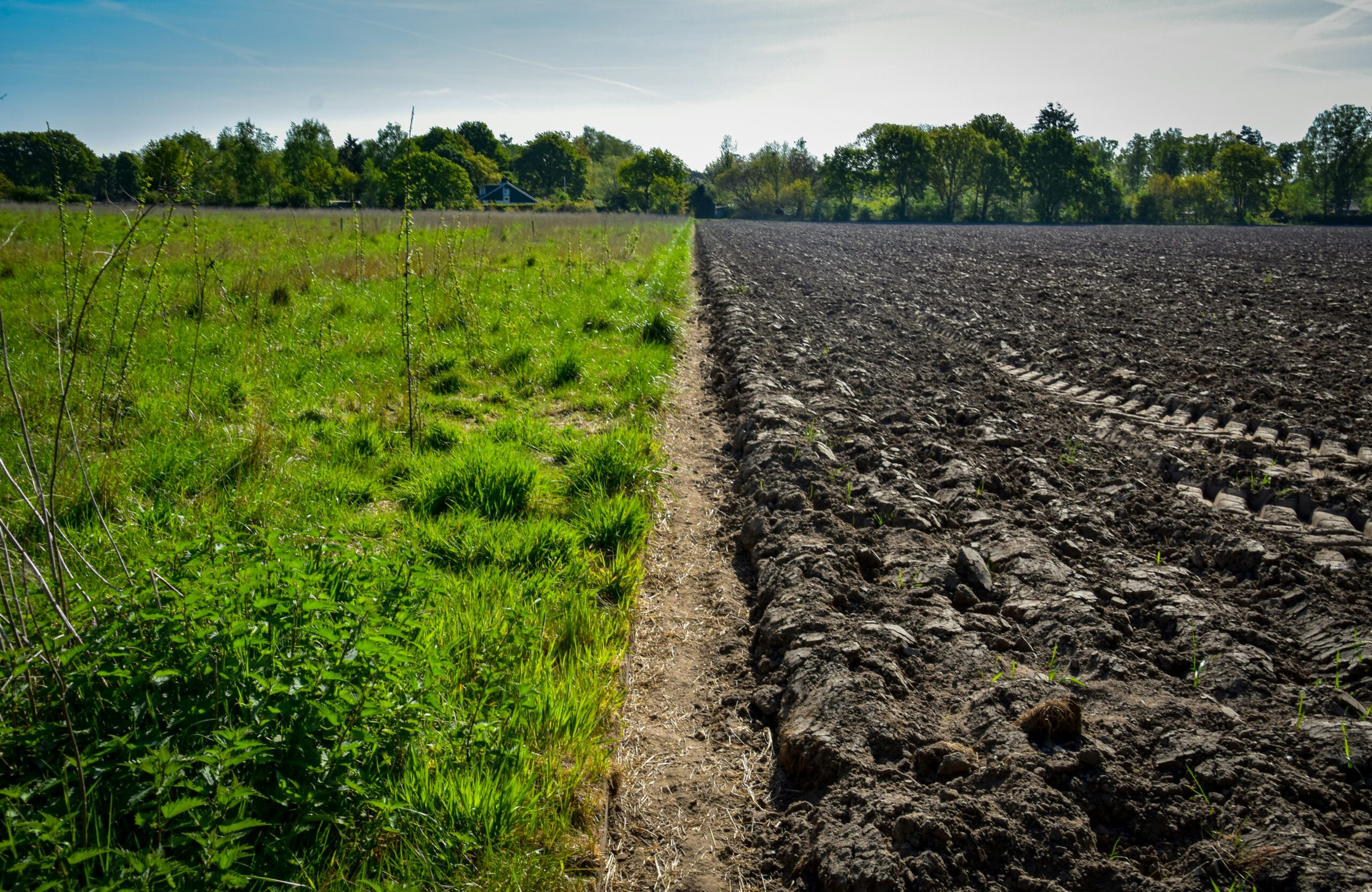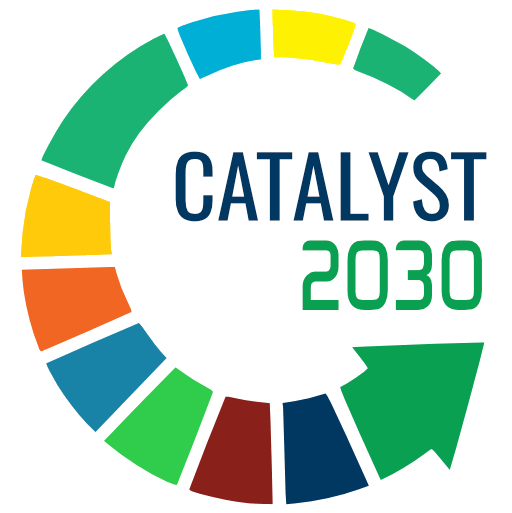
When we talk about regeneration, what comes to mind? Perhaps a forest recovering after a fire, a river returning to clean water or even a city revitalizing previously abandoned spaces. The word evokes this idea of rebirth, of healing, of something being transformed in order to continue existing. But regenerating is much more than just restoring what has been lost.
In the dictionary, “regeneration” is defined as “the act or effect of regenerating; remaking; recovering”. But in practice, this concept goes further. For us at Raízes Desenvolvimento Sustentável, regenerating is an invitation to look at the world differently.
It’s not just about recovering what has been degraded and returning something to its original state. Regeneration is a living, dynamic, and adaptive process. It means creating something new from what existed, respecting the cycles of life and the capacity of natural and social systems to renew themselves.
Nature as the great master of regeneration
Nature is the greatest expert at regenerating itself. After a burn to the bark, a tree won’t be exactly the same again, but it will create new protective layers. A forest devastated by fire may not have the same composition as before, but life finds ways to flourish again. Degraded soil, when well-managed, recovers its nutrients and fertility.
Natural regeneration happens through spontaneous processes: seeds carried by the wind or animals give rise to new trees, fungi and bacteria give the soil back its vitality, and entire ecosystems find a new balance. These processes teach us that regenerating doesn’t simply mean restoring the past but building a future from it.
Regeneration goes beyond the environment
Although we often associate regeneration with nature, it is also present in other aspects of life. Communities can regenerate by rescuing and strengthening their cultures, economies can adopt more circular and collaborative models, and relationships can be rebuilt based on learning and cooperation.
In the regenerative economy, for example, the idea is to create productive systems that not only minimize damage to the environment, but also generate positive impacts, restoring biodiversity, strengthening local communities, and redistributing resources more equitably.
Daniel Wahl, researcher, advocate of regenerative culture, and author of the book Designing Regenerative Cultures, says that truly sustainable societies not only avoid destroying the planet, but actively work to regenerate it, creating the conditions for all life to thrive.
Regeneration is a path, not a destination
When we look at the world today, we see many environmental and social challenges, but we also see opportunities. Regenerating is a movement, a continuous path of learning, adaptation, and innovation.
We can learn from nature and apply its principles to our daily actions, whether by supporting regenerative initiatives, changing our consumption habits, or actively participating in solutions for a more balanced future.
If regenerating means transforming without forgetting history, what can we do today to contribute to this movement? How can we cultivate more regenerative relationships, territories, and economies? The answer may lie in our daily choices and how we decide to walk together towards a fairer and more sustainable world.
This is the first in a series of articles in which we will approach this topic from different angles and with the contribution of different professionals from our team. So keep following us here!

